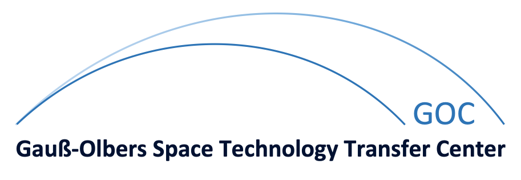Concept and Implementation of a Comprehensive AAC Decoder Testing Procedure
| Tutor: | Stefan Goetze |
| Type of Thesis: | Master's thesis (MSc) |
| date of end: | 02/2008 |
| Student: | Jegaddeesan Nagappan |
| Status: | finished |
| ANT-shelfmark: | M-02/08-1 |
| Abstract: | MPEG AAC (Advanced Audio Coding) is one of the leading audio compression technologies used in many broadcast, download and communication applications, such as iTunes and XM satellite radio. The main challenge of audio coding is to provide best audio quality at lower bitrates, MPEG AAC is one of the standards which provides best quality at low bitrates. AAC standards results of a collaborative effort of companies including ATT, Dolby, Fraunhofer IIS, Nokia and Sony around the world. AAC was declared open international standard by Moving Pictures Experts Group (MPEG) in april 1997. AAC is the successor to the so called famous MP3, when compared to MP3 it provides better audio quality at bitrates particularly lower than 192 kbits/s. Being a so called 'open standard', a basic feature is the interoperabilty between different encoder and decoder implementations. To ensure such interoperability MPEG defines a set of conformance bitstreams to test decoder implementations. These can be used to test the numerical accuracy of every part of such a decoder. However in day to day operations of such a decoder, accuracy is not the only important factor. Instead it becomes apparent very quickly that a key part of the value of a device is its stability under error and numerical stress onditions. And while it is highly desirable to restrict deployment of decoders to implementations that are well tested and will not fail under adverse circumstances, standardization bodies disregard the specification of testcases that scrutinize the long term stability and leave such tests to the implementer. Currently the most common way of executing stability tests is to feed decoders with long bitstreams that are randomly distorted with varying error rates. This test procedure will uncover the most common causes for decoder failure quickly. However it has the inherent downside of being incomplete and will statistically uncover fewer remaining problems as the amount of testing is increased. Another dimension of stability under adverse conditions is the aspect of omputational complexity which should not affect the stability of a decoder implementation. Hence determining the maximum required performance is also a critical task in assessing the overall quality of a decoder. A common way to do this is decoding many long bitstreams and measuring the maximum of the workload that occurs. It is the goal of this thesis to develop a new approach to thoroughly test decoder mplementations. In contrast to the commonly used testing approach of applying random distortions to test the decoder stability and relying on statistics for determining workload requirements, this shall happen by crafting testvectors by means of a specifically modified encoder. In addition to this an experimental study is performed on the TNS tool how to limit the peak work load without severly impacting audio quality. The results are compared in terms of work load and quality of the audio signal. |







